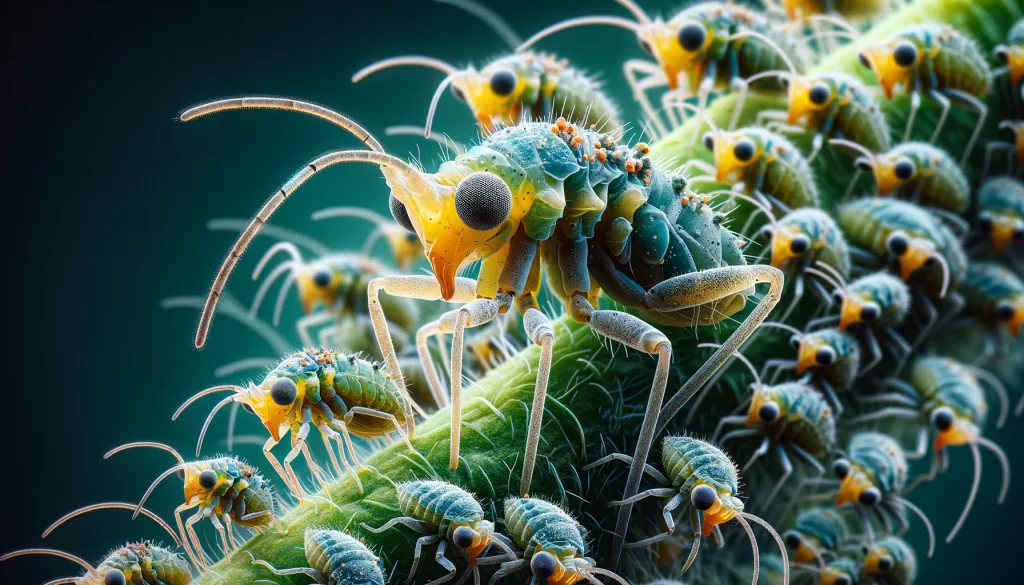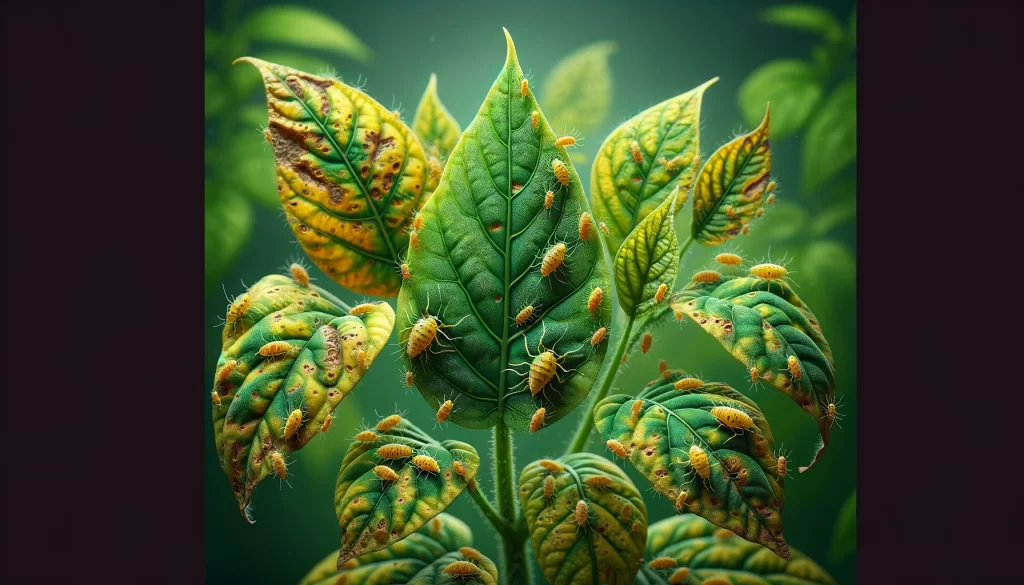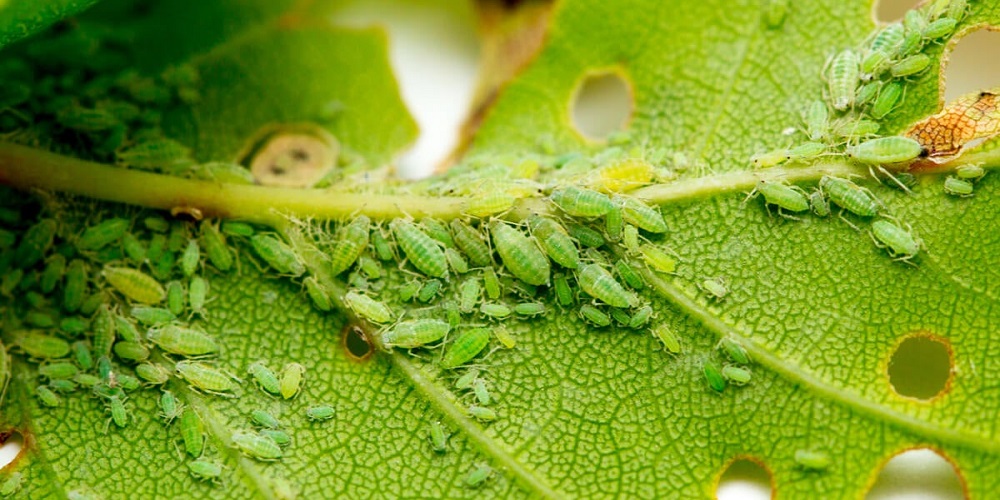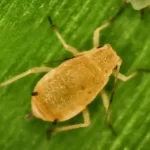Aphids, small insects belonging to the Aphididae family, can cause serious problems in a wide variety of crops. In this article, we will delve into the world of aphids, understand how they affect our plantations, and explore the best practices for their control.

What are Aphids? Aphids are small sap-sucking insects that feed on plant sap. They are known for their rapid reproduction and ability to quickly colonize crops. They come in a variety of colors, including green, black, yellow, and red, and can be found in almost all agricultural environments.

Affected Crops: Aphids are capable of infesting a wide range of crops, including but not limited to vegetables, fruits, and ornamental plants. Some of the most commonly affected crops include roses, potatoes, beans, peppers, tomatoes, and lettuces.
Damage Caused: Aphids cause damage in several ways:
- Sap Sucking: By feeding on sap, aphids weaken plants, which can lead to stunted growth and reduced yield.
- Honeydew Excretion: Aphids excrete a sticky substance known as honeydew, which can encourage the growth of sooty mold and attract other pests.
- Disease Transmission: They are known vectors of numerous plant diseases, especially viruses.

Management Strategies: Effective aphid control requires an integrated approach:
- Monitoring: Regular inspection of plants to detect aphid presence early is crucial.
- Biological Control: Introducing or encouraging natural enemies of aphids, such as ladybugs and parasitoids, can be an effective strategy.
- Cultural Practices: Maintaining good field management, including weed removal and the use of intercropping, can reduce aphid populations.
- Chemical Control: In cases of severe infestations, insecticides can be used. However, rotating products is important to avoid resistance and minimize impact on beneficial insects.
- Resistant Varieties: Planting varieties that are resistant or less attractive to aphids.

Conclusion: Aphids can be a challenging pest, but with the right strategies, their impact can be effectively managed. The combination of monitoring, cultural practices, biological and chemical control, tailored to the specific needs of each crop and region, is key to successful aphid management. Let’s always remember that prevention and knowledge are essential in our fight against these pests.
 AgronoBlog – Agriculture Blog
AgronoBlog – Agriculture Blog 
